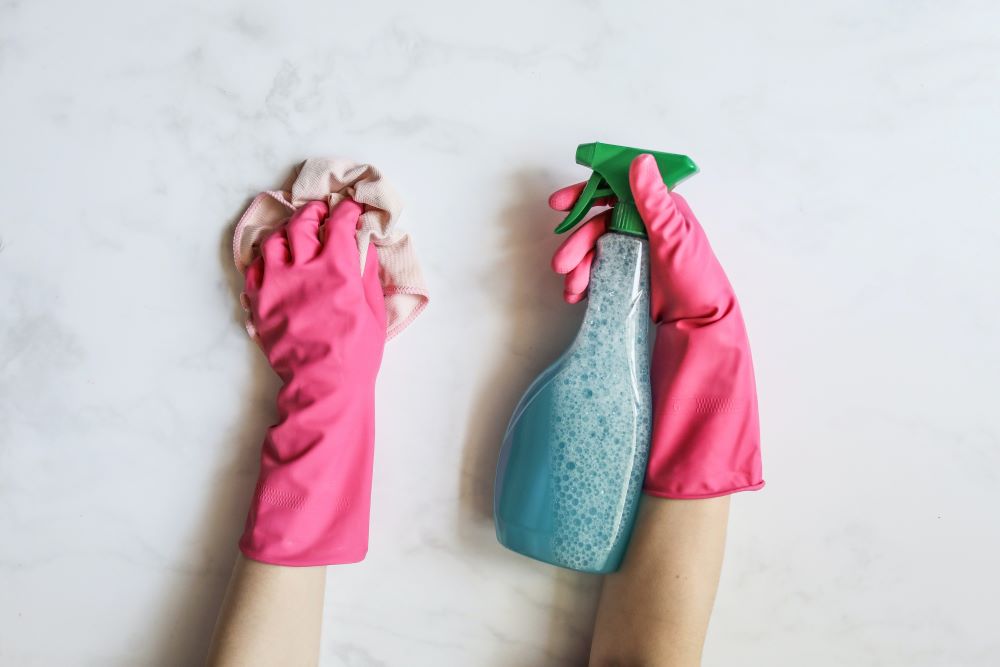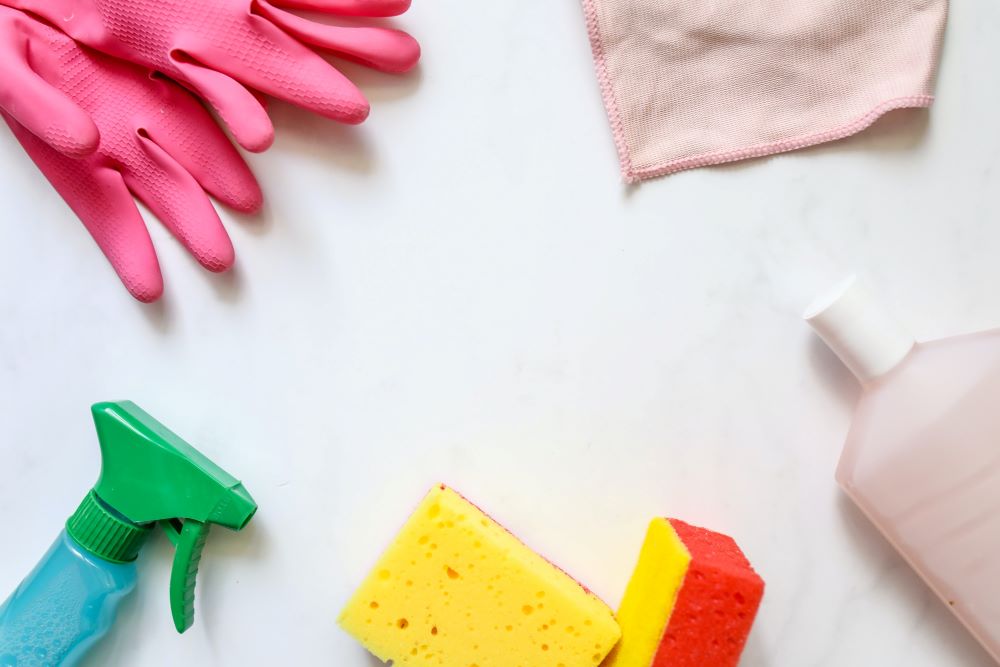Even “green” products can sometimes contain harmful chemicals.
Cleaning products are supposed to leave a home clean, fresh, and healthy for a family to live in. But what happens if the same household cleaning products, including the products that are sold as environmentally friendly and under green labels, start affecting health? It is possible for even these “green” products to cause long-lasting negative effects?
In a new study published in the journal Chemosphere and peer-reviewed by the Environmental Working Group, scientists found that hundreds of volatile organic compounds (VOCs) are released on a daily basis in a household through cleaning products. The question is, what are these VOCs, and how do they impact human health?
VOCs are man-made chemicals with a high vaporization point and low water solubility, according to the United States Environmental Protection Agency. This means the moment these chemicals are released into the air, they evaporate and become invisible to the human eye. However, the impact of these chemicals remains in the air around. Common VOCs found in cleaning products include benzene, formaldehyde, and toluene. Benzene and formaldehyde have both been linked to cancer while toluene can cause neurological effects as well as reproductive toxicity.

The high evaporation point makes it difficult for the human eye to see it, and hence, people may spend a significant amount of time in the presence of these chemicals, breathing in contaminated air inside their homes. The effect of these VOCs can start from irritation in your eyes, nose, and throat to difficulty breathing and nausea.
The aftereffects of lingering chemicals can lead to central nervous system and other organ damage. Even more concerning, some VOCs can cause cancer, according to the American Lung Association.
In the EWG’s study, there were 530 unique VOCs present across 30 cleaning products. The team divided these products into three categories: conventional, green products with fragrance, and green without fragrance. The results suggested that even though green cleaning products with fragrance and without fragrance both claim to be environment-friendly and healthy options, they still emit VOCs. However, the rate at which the three categories emit VOCs differed. The same study suggested that out of the 193 hazardous chemicals, green non-fragrance contained 4, green with fragrance contained 15, while the conventional products contained 22.
According to the studies conducted by EPA’s Total Exposure Assessment Methodology (TEAM), about a dozen common organic pollutants are found 2 to 5 times higher inside the house than outside. American Lung Association published a list of cleaning products that emit VOCs, including but not limited to: aerosol spray products, air fresheners, chlorine bleach, detergent and dishwashing liquid, dry cleaning chemicals, rug and upholstery cleaners, furniture and floor polish, and oven cleaners.
This raises concerns about how safe the “safe” options truly are, especially since manufacturers can voluntarily put “VOC free” on their labels but these claims remain unregulated. In order to limit risks associated with cleaning products, individuals should ensure proper room ventilation is maintained while they’re in use. It can also be helpful to wear a face mask and gloves while cleaning.
Sources:
What are volatile organic compounds (VOCs)?
How can cleaning supplies, household products affect health?
Cleaning products emit chemicals that may impact health, study says


Join the conversation!